FERC on Monday continued to build the record for its Advance Notice of Proposed Rulemaking on potential changes to its rules on transmission planning processes, holding a technical conference that focused on long-term forecasts for transmission needs, based in part on the future generation mix (RM21-17).
FERC Chair Richard Glick said there is “a lot to be done” to build out the transmission grid to handle the clean energy transition. He noted that the vast majority of the comments on the ANOPR say that significant process changes and improvements are necessary to make transmission planning more proactive, based on future needs, and less reactive to projects in interconnection queues.
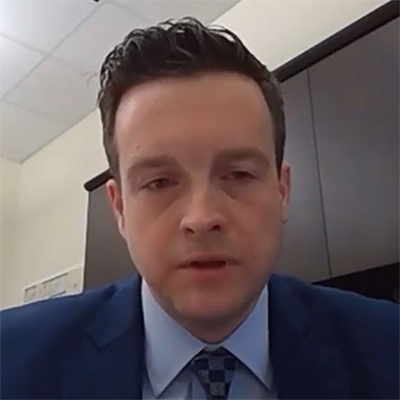 Zach Smith, NYISO | FERC
Zach Smith, NYISO | FERC“We have this general sense of what kind of electric generation we’re going to have in the future,” Glick said. “It’s not entirely clear that our transmission planning process always adequately addresses that.”
Commissioner Allison Clements added that she does not see a way forward on cost-effectively facilitating a reliable grid without more intelligent planning that expressly considers a longer time horizon. She also said there is a critical need to factor in flexibility for regional differences.
The conference featured three panels, each with a mix of representatives from grid operators, utilities, consumer advocates, as well as experts from the Department of Energy and its National Laboratories.
Factors to Consider in Long-term Planning
On the opening panel, NYISO Vice President for System and Resource Planning Zachary Smith said that whether it is climate change or policies that affect the generation mix, RTOs and ISOs are all considering similar factors in their transmission planning processes.
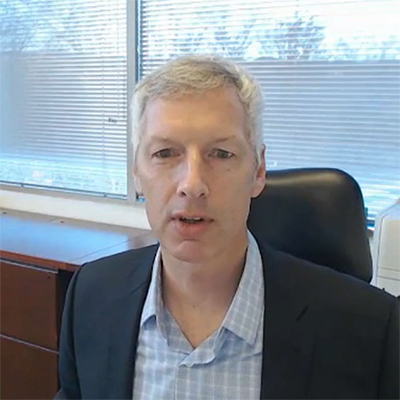 Robert Ethier, ISO-NE | FERC
Robert Ethier, ISO-NE | FERCBut NYISO’s processes do not necessarily take into consideration some future conditions, he said.
“I think it’s going to be critically important, especially for reliability, when we shift toward more scenario planning and shift away from this idea that we can somehow come up with a perfect base case … none of us are that good,” Smith said. “We need to look at scenarios to think about what the future could look like in various ways and be planning for that.”
Robert Ethier, vice president of system planning at ISO-NE, said that over the past two decades, about $12 billion has been invested in reliability-based transmission projects across the six New England states. But he said he recognizes the need “to move beyond this reliability-based transmission expansion.”
“That sort of approach is not going to meet the needs of the future and the dramatic goals that the states have set for themselves,” Ethier said.
The ISO-NE interconnection queue has more than 30,000 MW in projects, 20,000 MW of which are proposed wind resources that are primarily offshore.
“We have done some studies that look at the future grid and specifically about the interconnection of wind,” Ethier said. “They show that we can connect the first 6,000 to 8,000 MW of wind in a relatively low-cost way.”
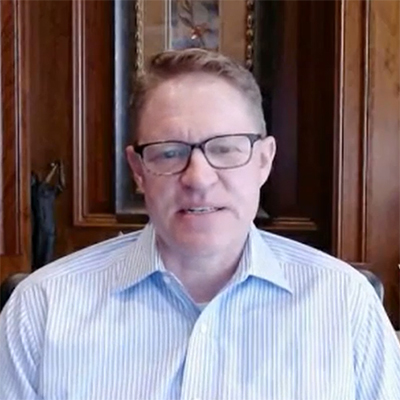 David Patton, Potomac Economics | FERC
David Patton, Potomac Economics | FERCInterconnecting the rest of it will not be “zero cost,” he said. He noted that ISO-NE has already begun its 2050 Transmission Study, as requested by the states, which will take a high-level look at scenarios to reliably incorporate clean energy and distributed energy resources beyond the RTO’s current 10-year planning horizon.
David Patton, president of market monitor Potomac Economics, said the payoff of investments to upgrade the transmission system 30 years out will be far less than decisions based on congestion trends in closer time frames.
“I think it’s very difficult to do this well when you look in the very long term,” Patton said. “I would say taking a very measured approach in terms of how far out we look — how much uncertainty we’re willing to accept when spending [$5 billion to $20 billion] on new transmission assets — is very important.”
Grid Strategies President Rob Gramlich added that “everything in the power sector relies on well done transmission planning” from the start.
Future Scenarios
The second panel dealt with the development and study of long-term scenarios. FERC asked panelists on the assumptions in such futures, including how far into the future to look and both the advantages and disadvantages of different horizons.
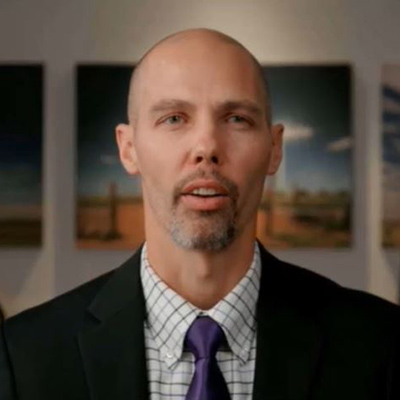 Bryce Nielsen, Salt River Project | FERC
Bryce Nielsen, Salt River Project | FERCBryce Nielsen, director of transmission planning, strategy and development for the Salt River Project, said a goal for planning would be to look out as far as the siting and permitting process takes, estimating that seven to eight years for a typical transmission project would be acceptable. If a planning horizon is double or tripled from a seven-year window, the extended windows should be more “informational” rather than “actionable,” he said.
Nielsen noted that if a 20-year planning horizon was used when new generation was being built in the Southwest in 2001, when “we couldn’t build combined cycles fast enough,” the transmission would have been built adjacent to natural gas pipelines. That “probably would have been the wrong answer.”
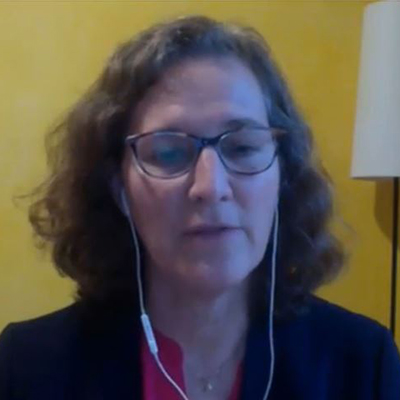 Natalie McIntire, American Clean Power Association | FERC
Natalie McIntire, American Clean Power Association | FERC“Twenty years seems like a long time, and there’s a lot of uncertainty in a 20-year horizon,” he said.
Natalie McIntire, technical and policy consultant for the American Clean Power Association and Clean Grid Alliance, said she would look at a 20- to 25-year horizon because the entire process from planning, permitting and construction takes “an extended period” of time. Longer, regional lines provide more complications, so the need for additional advanced planning is even more important, she said.
There could be some instances where anticipated transmissions solutions end up not being needed, but those can be adjusted as scenario planning is re-evaluated if included in the process. “The challenge we have in looking only at the short term is that we may have a little bit more accuracy, but we don’t end up with the solutions when we need them,” she said.
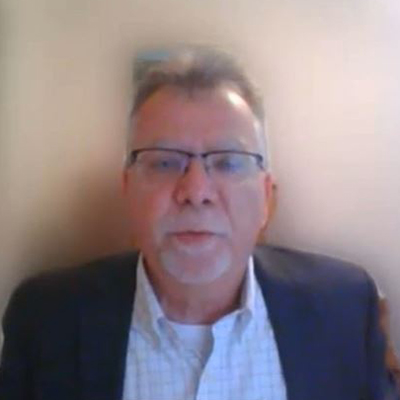 Karen Onaran, Electricity Consumers Resource Council | FERC
Karen Onaran, Electricity Consumers Resource Council | FERCKaren Onaran, vice president of the Electricity Consumers Resource Council, said consumers are “relatively risk averse” to transmission planning, but they recognize it must account for more transmission. A 20- to 25-year informational window that considers the length of permitting for projects but won’t produce a “piecemeal, Band-Aid approach” would be appropriate.
Having an actionable horizon into the future could bring less certainty and more risk, which can cause consumers to “get a little bit more nervous,” she said.
“We would need to continuously relook at those projections and adjust as needed,” Onaran said. “We do understand we need to do that long-term planning or else we’re not going to get to the big transmission we need for the future.”
 Jay Caspary, Grid Strategies | FERC
Jay Caspary, Grid Strategies | FERCJay Caspary, vice president of Grid Strategies, also said there should be at least a 20-year outlook. Because of the length of the process, planners can’t just look out with actionable plans for five to 10 years. There’s also an opportunity to take advantage of the aging transmission assets and incorporate new technology into the planning process, he said.
“We can do things with advanced transmission technologies to greatly enhance the power density and capability in existing corridors to support these futures,” Caspary said.
Zonal Accord
Speakers on the final panel agreed that FERC should instruct planners to identify geographic zones with a strong potential for renewable resources, similar to Texas’ Competitive Renewable Energy Zone (CREZ) process.
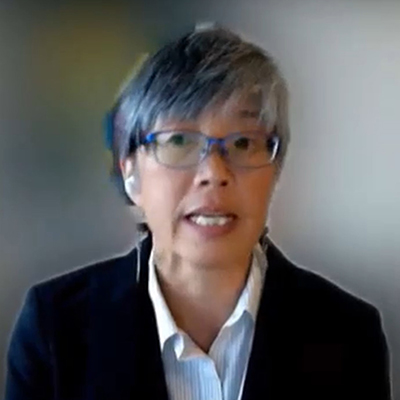 Debra Lew, Energy Systems Integration Group | FERC
Debra Lew, Energy Systems Integration Group | FERC“We should forecast demand [and] generation. We should define geographic energy zones and proactively plan and build transmissions to these zones to save money,” Energy Systems Integration Group (ESIG) Associate Director Debra Lew said.
Transmission building is more effective on larger scales because it takes so much longer than generation.
“People worry that transmission costs are going to increase, but cost alone shouldn’t be the focus. Rather, look at systemwide electricity costs or customers’ bills as the metric,” she said. “The reason is you can pay a little more for transmission, and that can unlock much bigger savings through generation capacity and operations.”
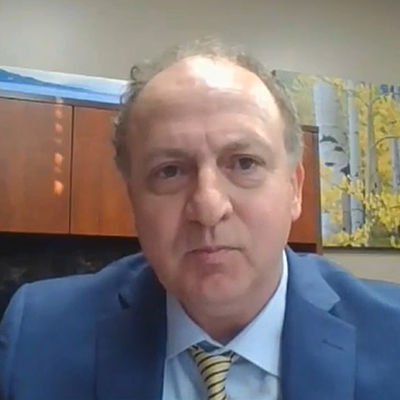 Sunflower Electric Power Corp’s Al Tamimi | FERC
Sunflower Electric Power Corp’s Al Tamimi | FERCAl Tamimi, Sunflower Electric Power’s vice president of transmission planning, said his utility’s location in western Kansas means he’s in such a zone.
“We have about 350% wind penetration, so I have seen it live,” Tamimi said. He said it’s important to name geographic zones early enough and build optimal transmission so generation developers won’t miss out on opportunities and customers save money.
Tamimi said engagement with the National Labs is also need. There should be a “ranking methodology” of renewable energy zones to identify which ones have more demand and are thus more cost-effective and attractive to developers.
Bonneville Power Administration’s Jeffrey Cook said the labs should be included in the development of zones, alongside utilities, RTOs and transmission operators and developers.
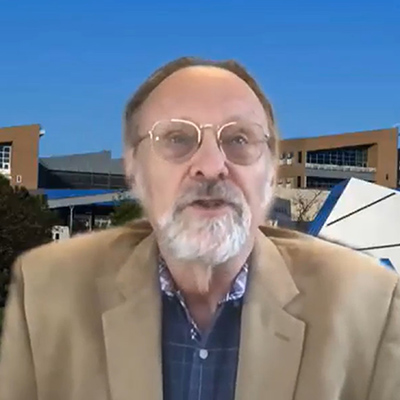 David Hurlbut, NREL | FERC
David Hurlbut, NREL | FERCDavid Hurlbut, senior analyst with the National Renewable Energy Laboratory, said Texas’ CREZ development is largely misunderstood.
“Many think it is drawing zones on the map and waiting for the magic to happen. To be clear, the idea was never ‘if you build it, they will come,’” Hurlbut said.
It’s crucial that any renewable zone identification first consider commercial interest and areas of high demand, he said. “Otherwise, they will have about as much weight as a letter to Santa Claus.”
Hurlbut also said naming zones should be “the easy part” because NREL and other National Labs already have resources for transmission providers and load-serving entities.
“The key is linking those zones to a source of demand that has some commercial weight to it,” he said.
Zones should also be large enough so that “no single developer or group of developers can clog up” the queue and restrict competition, Hurlbut added. “The development that we see in Texas today … is evidence that the competitive market can drive renewable energy expansion if the transmission system is built to support it.”
It’s important that zone identification “knock down those silos between regions in transmission planning.” He also said customer savings are amplified with larger transmission projects.
CAISO Vice President of Infrastructure and Operations Planning Neil Millar said renewable zone identification for transmission planning is already “a pretty common practice” within his ISO.
He said it’s CAISO’s 233-GW generation queue that is “overheated” to “distraction.” The ISO now finds itself in a “middle ground” where it needs “actionable transmission plans” based on which potential projects are the most promising.
Other panelists agreed that RTOs’ interconnection queues shouldn’t be the sole basis for the renewable zones. But Hurlbut said queues can provide “very valuable” information on pent-up demand.
“If you want to get the most productive resource investment, the transmission might need to go to areas it did not exist before,” he said.




